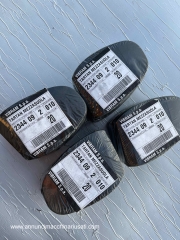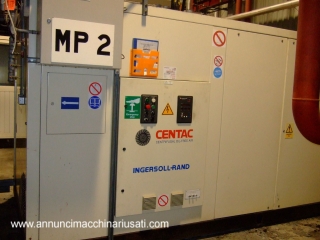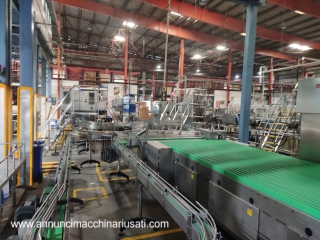Newsletter
Always stay updated
Agency
Useful links
Used Machinery Ads
Explore the vast selection of quality machinery on AnnunciMacchinariUsati.com. From industrial equipment to special vehicles, find the best offers in the world of used machinery. Reliability, transparency and wide variety: all just a click away. Find out more today!































